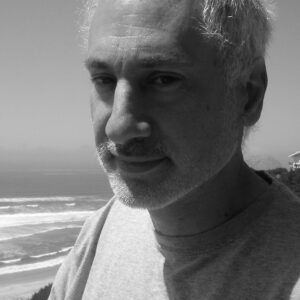History of AFO Fellows
AFO Fellowships are a unique opportunity for design and building professionals to advance their career and professional development. We have been awarding the Van Evera Bailey Fellowship in partnership with the Oregon Community Foundation since 2001. Our Fellowship program expanded in 2022 when we began awarding the Pat Sanchez Women’s Fellowship in partnership with Opsis Architecture.
Learn about the diverse set of projects and research of our selected Van Evera Bailey and Pat Sanchez Women’s Fellows.
2023 Pat Sanchez Women’s Fellow
Diana Moosman
Diana was awarded the inaugural Pat Sanchez Women’s Fellowship to deepen her knowledge of trauma informed design.
During her 12 years at MWA, Diana’s focus was on affordable housing, working with a variety of non-profit and for-profit developers to create housing for residents living within 30%-60% of the median family income. This is mission-driven work, and she is passionate about bringing good design to affordable housing and finds deep satisfaction in creating places that foster community. Diana utilized the fellowship for training in Trauma Informed Design offered by Shopworks Architecture from Denver, Colorado.
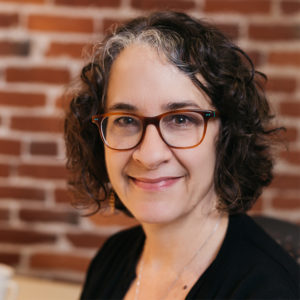
2023 Van Evera Bailey Fellows
Kayin Talton Davis and Cleo Davis
Kayin and Cleo are a team of educators, social construct artists and cultural architects, centering their work on Black culture, community, and the built environment. Building on their years of work with Albina Vision Trust, they used the fellowship while partnering with Robert Clarke, Kimberly Moreland and Molly Esteve, a group of designers and community advocates, to research and produce a Monument Plan for historic Black Portland’s Albina community.
“At the root of the Albina Monument Plan, we see design as a tool for education and movement towards a better future… We seek to understand how monuments will sustain Black belonging and create a network of living histories for Albina that continue to build wealth, cultivate joy, and steward our cultural and ecological ecosystems.”
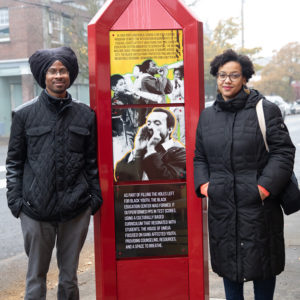
2023 Van Evera Bailey Fellow
Jonathan Bolch
Jonathan is a licensed architect, Design Principal at Woofter Bolch Architecture and Adjunct Faculty at Portland State University School of Architecture. Building on his ongoing interest and expertise in small-scale affordable infill housing, Bolch researched and documented a vision for alleyway housing on the 76 miles of alleyways found throughout the city of Portland.
“…these largely forgotten spaces can provide a tremendous opportunity for sensitive and impactful development that can help address both the affordable housing crisis and the climate crisis. Their careful development also offers the opportunity to create a network of new urban experiences that can co-exist with and complement the character of existing streetscapes.”
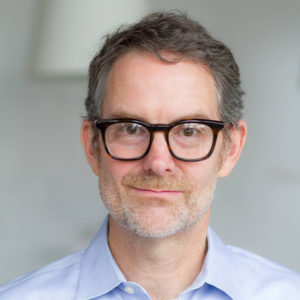
2021 Van Evera Bailey Fellow
Todd Lawson
Todd is a licensed architect, interior architect, lighting designer and artist based in Seattle, Washington. Influenced and passionate about his ancestral ties to the Clatsop-Nehalem Confederated Tribes, he is helping define, design, and facilitate the creation of a new cultural center, museum, and traditional longhouse on the Clatsop-Nehalem’s reacquainted land near Seaside, Oregon. Todd used the fellowship to deepen his research on contemporary west coast Native American cultural centers, traditional structures, art, and the building traditions that inspired them.
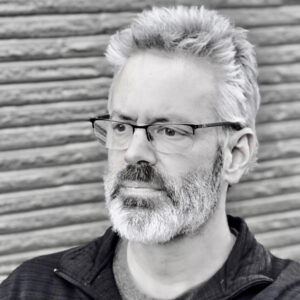
2020 Van Evera Bailey Fellow
Jackie Santa Lucia, AIA, LEED AP, NCARB
Jackie is a licensed architect, project manager and community advocate based in Portland. She used the fellowship to expand the Your Street Your Voice program where high school students get paid to learn about design as a tool for racial justice, to further create more equitable architecture, engineering, construction and design professions.
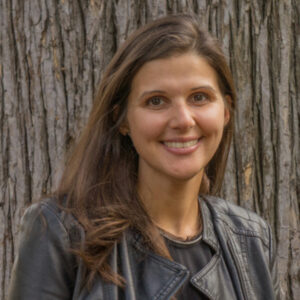
2020 Van Evera Bailey Fellow
Harley Cowan
Harley is a silver gelatin photographer and licensed architect based in Portland. He used the fellowship to dive deeper into his passion for heritage photography, capture architecture and engineering at risk or in need of documentation, and to further educate and connect Oregonians with history. Watch a video on his fellowship year here. Learn more at harleycowan.com.
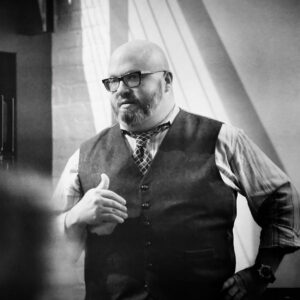
2019 Van Evera Bailey Fellow
Jennifer Wright, AIA
Jennifer used the award to research gender inequity within the profession of architecture, including the barriers women face with gaining construction knowledge. This led her to developing Designers Build_pdx, which works to achieve equity within the industry by empowering and providing opportunities for women in architecture.
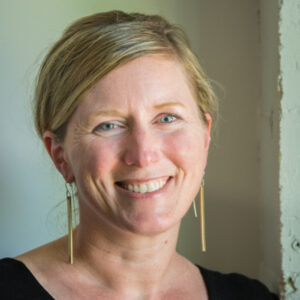
2018 Van Evera Bailey Fellow
Richard Potestio, AIA
Rick has engaged a career-long study of middle-scale urban housing and the sense of community that derives from these walkable neighborhoods. Rick used the award to compile his research into graphic tools to be utilized by planners, designers and the public, to help illustrate proposed planning concepts across Oregon.
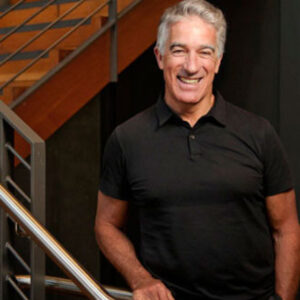
2017 Van Evera Bailey Fellow
Quang Truong, AIA
Quang researched the development, applicability, and implications of composite materials (FRPs) in architecture, in relation to the Pacific Northwest’s rich heritage of involvement in the building materials industry. His research included the development of a chair built from composite materials and resulted in the world’s first book about composite materials in architecture, titled Composite Architecture (2020. Basel: Birkhäuser).

2017 Van Evera Bailey Fellow
Jerry Waters, AIA
Jerry traveled internationally to study three dominantly cited educational pedagogies, The Montessori, the Reggio Emelia, and the Finnish approach. Jerry’s research focused on how these education structures demand greater spacial complexity in the architecture of educational buildings.
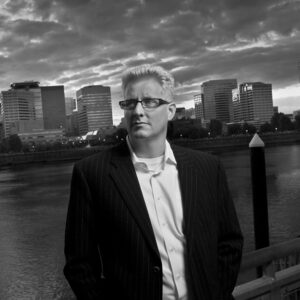
2016 Van Evera Bailey Fellow
Randy Gragg
A writer on architecture, urban design, and planning for The Oregonian for 17 years, Randy used his expertise to create a series of monthly radio/podcast/web stories for State of Wonder on OPB Radio. The series creatively approaches design in the quickly changing city and introduces the topic of architecture and urban design into Oregon’s mainstream media. Randy used the fellowship to launch this series and feed the hunger for “informed, inventive discussion about the shape of our growing state.”
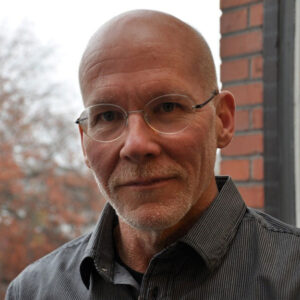
2015 Van Evera Bailey Fellow
Jeff Schnabel
Jeff executed comparative research of successful public space at night, and the establishment of the Portland Winter Light Festival. An adjunct professor at Portland State University, Jeff used the Fellowship to support his travels abroad to five locations who host annual internationally recognized light festivals. Like Portland, Amsterdam, Helsinki, Eindhoven, Montreal, and Reykjavik all lie above the 45th parallel. Jeff brought his research to Portland to establish a Winter Festival, utilizing public space during darker months.
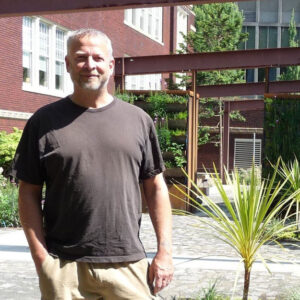
2014 Van Evera Bailey Fellow
Joseph Readdy, AIA
Joseph combined research on the subject of urban vibrancy and street vitality. He filled gaps in his experience to “make me a better design professional and a more effective teacher.” Readdy believes that the design profession should lead the initiative to make design of the public realm successful, sustainable and beautiful. Readdy believes that focus on the design of buildings alone will never create the vibrant places that we seek. “Even great architecture can be diminished or degraded by a poor quality public realm,” he says. “Few of our architectural design guidelines account for the design of the public realm, and none are effective at engaging the design of the street itself.”
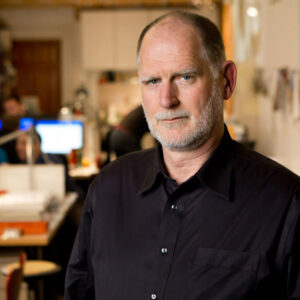
2013 Van Evera Bailey Fellow
Erica Dunn, AIA
Erica studied the human side of high performance buildings and the direct impact of users on overall energy consumption. As the architecture field is embracing the 2030 Challenge for Net-Zero energy consumption, Erica posits that the design community must understand not only the technical challenges, but also how to inspire building occupants to embrace modified behaviors that further reduce the building’s energy footprint. She studied and clarified best practices for designing High-Performance/Net-Zero buildings that meet or exceed user expectations for thermal comfort and function.
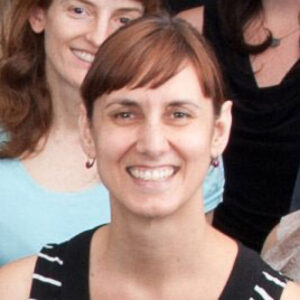
2013 Van Evera Bailey Fellows
William C. Tripp, AIA and Toni Lettiere
Bill and Toni embarked on a research, mapping and design project to identify, improve and create significant public ritual spaces in Portland. Their goal was to discover ways to enrich and enhance Portland’s existing network of ritual space; propose new ritual space possibilities; and propose potential new rituals and ritual spaces to strengthen community. They are developing a university course on a methodology for including ritual and sacred space in urban design projects.
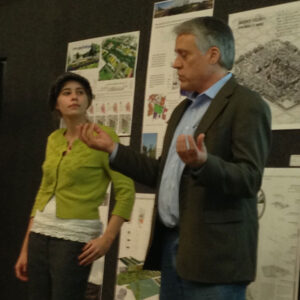
2012 Van Evera Bailey Fellow
Brannon Lobdell, AIA
Brannon focused his research on Passive House (PH), a performance based energy standard for designing and constructing buildings (residential and commercial) that claims a 90% energy savings over standard construction. His findings indicate a disconnection between the essential goals of the system and the seemingly arbitrary standards established. He continues to “promote workhorse (PH) ideology and technology via publication and participation.”
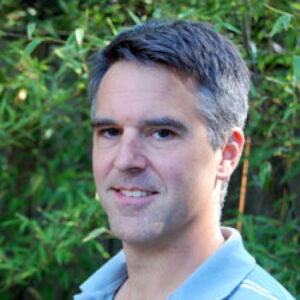
2009 Van Evera Bailey Fellow
James McGrath, AIA
James conducted research into the best use of public spaces. His studies focused on the best practices in “Complete Street” design, investigating the inside story of successful innovation in large cities in Asia, Europe and South America, and applying their practical experience in better balanced streets to Oregon’s communities. His hope was not only to influence specific projects, but to further our cities’ conversations about the core values we hold for our public spaces—and to keep Oregon as a leader in the field.
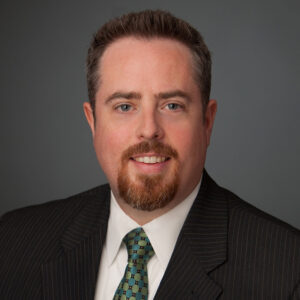
2007 Van Evera Bailey Fellow
Mark Perepelitza, AIA
Mark studied innovative window systems for Northwest architecture. His project investigated how to create openness, provide weather protection, and create a comfortable interior without significant energy loss. Building on a literature review, interviews, and site visits to energy-efficient buildings in Northern Europe with climates similar to Oregon, Mark identified window configurations, analyzed prototype assemblies, and shared conclusions in a gallery exhibition at Portland AIA/Center for Architecture, presentations for Portland AIA and Portland Building Enclosure Council. He taught UO classes on building enclosures and integrated facade design in Eugene and Portland, and presented at conferences in Seattle, Vancouver BC, San Francisco, LA, and Atlanta. His Web page, hosted by BetterBricks, has an overview of research conclusions.
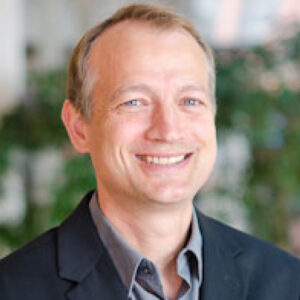
2006 Van Evera Bailey Fellow
Jean von Bargen Root, AIA
Jean’s fellowship involved research and comparison of public infrastructure development and its public interface in Portland and Barcelona. The latter city’s preparation for the 1992 Olympics, including public infrastructure in transportation, satellite sewer systems, and a telecommunication tower designed by Santiago Calatrava made it an international leader in re-visioning urban growth and investment. Jean shared her findings through online reports, presentations to the professional community and public agencies, and articles. She made presentations to multiple City of Portland departments and presented information at University of Oregon Brown Bag series.
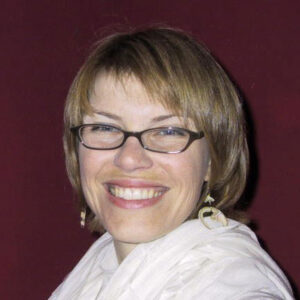
2005 Van Evera Bailey Fellow
Becca Cavell, FAIA
Becca’s proposal was to work on a field guide—complemented by an interactive Web site—to the important residential work of a group of architects working in Oregon during the mid-20th century, including Pietro Belluschi, John Yeon, Walter Gordon, John Storrs, and Van Evera Bailey himself. Becca taught a UO graduate level class, utilizing students to help with research. She collaborated with the Street of Eames, selecting tour homes and furthering her teaching and research over a five-year period, documenting almost 30 homes in the Portland metro area. Thousands of people toured the homes, traveling from across the US to participate.

2005 Van Evera Bailey Fellow
Paul McKean, AIA
Paul’s project took him to several countries to study pre-fab construction systems, sustainable technologies, and the feasibility of using them to provide higher quality low-income housing. Paul has made 25 public presentations, including a presentation at the Oregon Design Conference and a brief review of his project at the July 2007 Architecture Foundation of Oregon Board meeting.
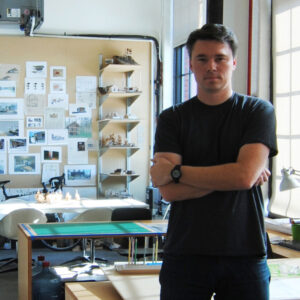
2004 Van Evera Bailey Fellow
Richard Browning, AIA
Rick investigated Japanese urban streetscape design, focusing on the pedestrian zone from the curb up to and including the building façade. As Portland and other cities reshape the ways that pedestrians and vehicles flow and commercial and public spaces interact, the “shared streetscapes” of the Japanese noren-gai, or shop district, may offer a vital contribution to Northwest urban design. The research was distilled into an illustrated 107-page monograph, Lanes, Lanterns & Lessons. Rick provided approximately 50 copies to elected officials (METRO, City of Portland, Congressional Representatives, etc.) as well as to municipal planning staff and area architects, landscape architects and planners. Rick presented lectures to City of Portland and PBOT, the Japanese Garden Society, PSU urban design classes and Portland neighborhood associations.
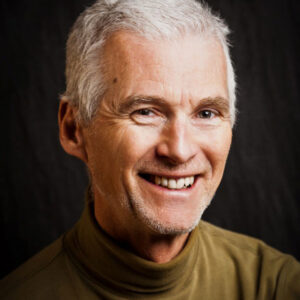
2003 Van Evera Bailey Fellow
Bonnie Bayard
Bonnie’s interest is in design of buildings and landscapes to anticipate the pressure on water supplies caused by the Northwest’s increasing population and climate changes. The Fellowship allowed her to investigate agricultural, natural systems, and landscape models, and to apply her research through test sites for conservation-based residential landscape design, working with organizational partners such as the Oregon State University Master Gardeners and the OSU Southern Oregon Research and Extension Center.
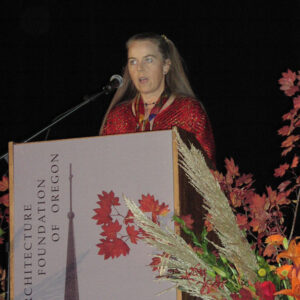
2002 Van Evera Bailey Fellow
Suzanne Zuniga, AIA
Suzanne researched and wrote a master residential “green” building specification. Her project provided specifications, cost data, and local suppliers for alternative systems and materials that are considered to be more sustainable than those commonly used. It promotes the growing “green” architecture movement in the Northwest, allowing architects to more readily implement sustainable residential building practices.
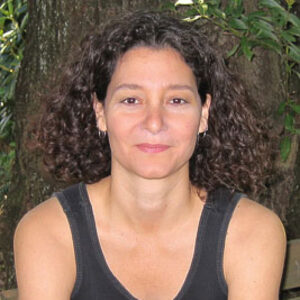
2001 Van Evera Bailey Fellow
John Cava
The inaugural VEB Fellowship supported Cava’s research and writing for a monograph on the houses and gardens of noted Portland architect John Yeon. The project produced a book focused on Yeon, well known for his role in defining the “Northwest Regional Style,” exemplified in the widely recognized Watzek House located on Skyline Drive in Portland. The book, “Of Barns and Palaces,” published in 2020, includes drawings, photographs, theoretical essays, and analyses of the architecture of Yeon’s houses.
